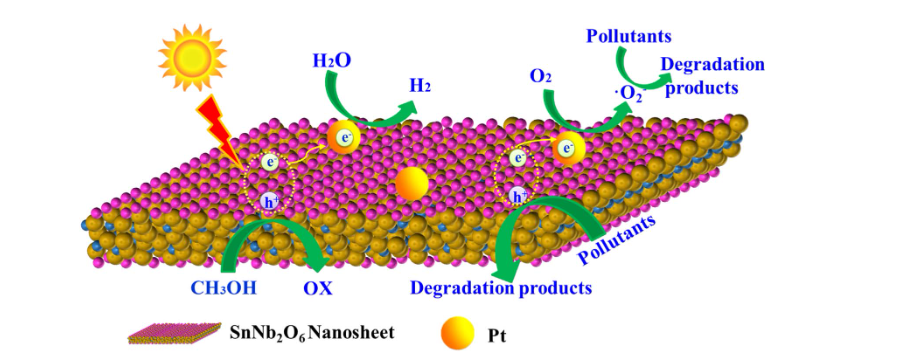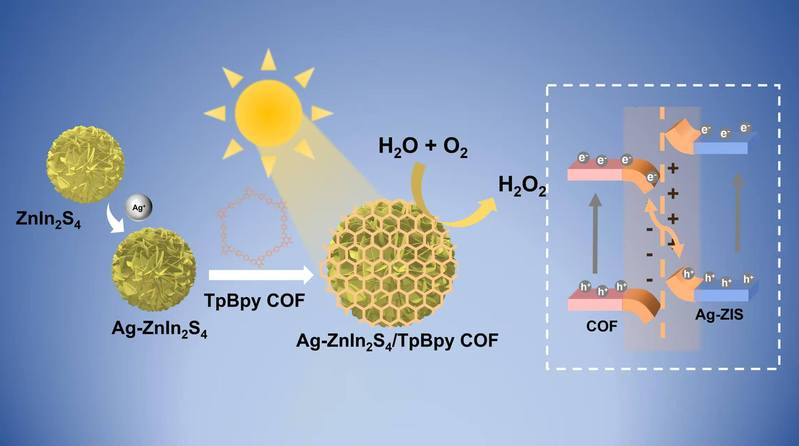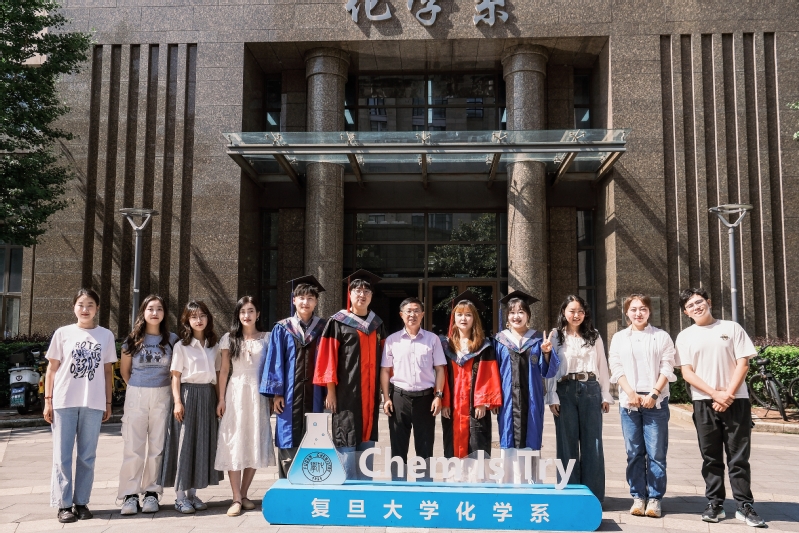The conventional preparation of SnNb2O6 invariably involves complex and laborious steps, which unavoidably introduces defect into the host lattice and also increases the reaction period and costs, resulting in undesired recombination of photo-generated electron–hole pairs. For the first time in this work, we manage to synthesize single-crystalline two-dimensional (2D) SnNb2O6 nanosheets with ultrathin structure through a facile one-step hydrothermal method. Comparative studies were explored to analyze the structure and phase evolution during the preparation course. The synthesized 2D structure demonstrated a narrower band gap of 2.09 eV and specific surface area of 76.1 m2 g−1, which exhibited significantly extended visible-light-responsive range and larger surface area by contrast with the state-of-the-art reports, resulting in excellent visible-light-driven photoactivity towards H2 production and water purification as well. Additionally, further enhanced photocatalytic performance was achieved by the incorporation of Pt as co-catalyst to indirectly indicate the advantage of the SnNb2O6 nanosheets in this method over other reported counterparts. It was found that, a very small amount of Pt loaded on the surface of SnNb2O6 nanosheets would contribute to remarkably higher activity than pure SnNb2O6 nanosheets and exhibit superior stability as well. Moreover, a deep insight into the underlying photocatalytic mechanism was proposed. This work sheds light on a new facile way to fabricate high-performance photocatalytic materials and provided new opportunities for solar-energy conversion.
https://iopscience.iop.org/article/10.1088/1361-6528/abc3e3![]() Liu_2021_Nanotechnology_32_065705.pdf
Liu_2021_Nanotechnology_32_065705.pdf
 Wei-Lin Dai Group
Wei-Lin Dai Group




